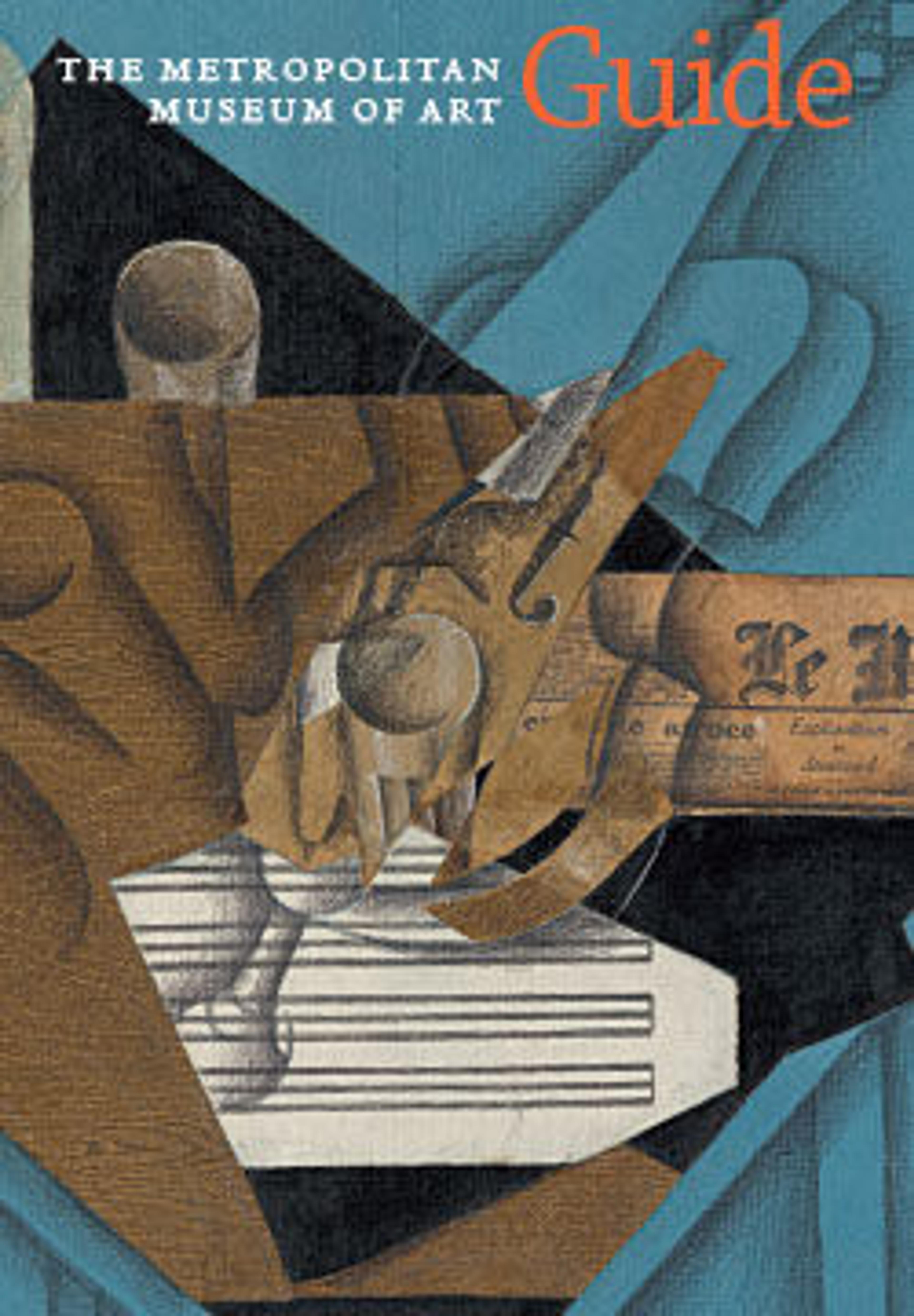English
Tile with Floral and Cloud-band Design
Restorations to Istanbul’s Topkapi Palace after 1574 resulted in major commissions for ceramic tiles. Designed in the imperial workshop in Istanbul, these tiles were executed at the famous kilns of Iznik. This example, when aligned with others of its type, forms a pattern of four floral palmettes, interspersed with red, ribbonlike cloud bands. Many of these tiles remain in situ, having adorned the walls of the Ottoman palace for more than four centuries.
Artwork Details
- Title: Tile with Floral and Cloud-band Design
- Date: ca. 1578
- Geography: Made in Turkey, Iznik
- Medium: Stonepaste; polychrome painted under transparent glaze
- Dimensions: H. 9 13/16 in. (24.9 cm)
W. 9 7/8 in. (25.1 cm)
D. 11/16 in. (1.7 cm) - Classification: Ceramics-Tiles
- Credit Line: Gift of William B. Osgood Field, 1902
- Object Number: 02.5.91
- Curatorial Department: Islamic Art
More Artwork
Research Resources
The Met provides unparalleled resources for research and welcomes an international community of students and scholars. The Met's Open Access API is where creators and researchers can connect to the The Met collection. Open Access data and public domain images are available for unrestricted commercial and noncommercial use without permission or fee.
To request images under copyright and other restrictions, please use this Image Request form.
Feedback
We continue to research and examine historical and cultural context for objects in The Met collection. If you have comments or questions about this object record, please complete and submit this form. The Museum looks forward to receiving your comments.
